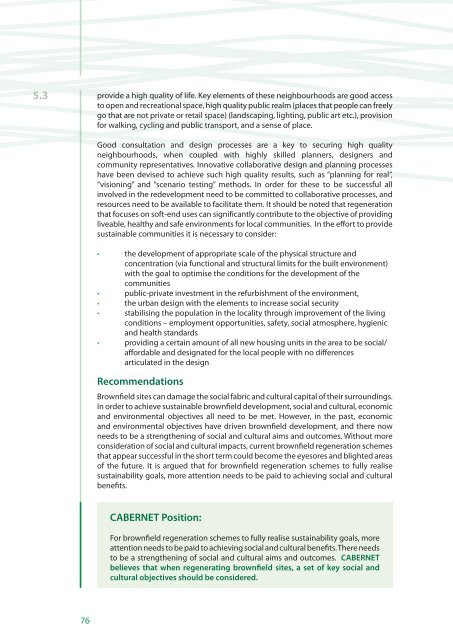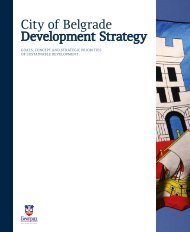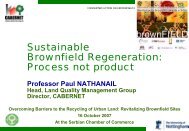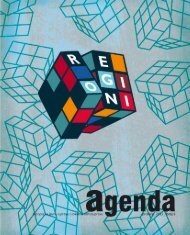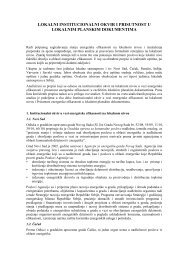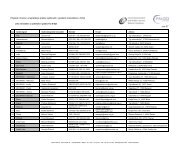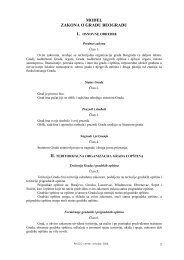Sustainable Brownfield Regeneration: CABERNET Network Report
Sustainable Brownfield Regeneration: CABERNET Network Report
Sustainable Brownfield Regeneration: CABERNET Network Report
You also want an ePaper? Increase the reach of your titles
YUMPU automatically turns print PDFs into web optimized ePapers that Google loves.
5.3 provide a high quality of life. Key elements of these neighbourhoods are good accessto open and recreational space, high quality public realm (places that people can freelygo that are not private or retail space) (landscaping, lighting, public art etc.), provisionfor walking, cycling and public transport, and a sense of place.Good consultation and design processes are a key to securing high qualityneighbourhoods, when coupled with highly skilled planners, designers andcommunity representatives. Innovative collaborative design and planning processeshave been devised to achieve such high quality results, such as “planning for real”,“visioning” and “scenario testing” methods. In order for these to be successful allinvolved in the redevelopment need to be committed to collaborative processes, andresources need to be available to facilitate them. It should be noted that regenerationthat focuses on soft-end uses can significantly contribute to the objective of providingliveable, healthy and safe environments for local communities. In the effort to providesustainable communities it is necessary to consider:• the development of appropriate scale of the physical structure andconcentration (via functional and structural limits for the built environment)with the goal to optimise the conditions for the development of thecommunities• public-private investment in the refurbishment of the environment,• the urban design with the elements to increase social security• stabilising the population in the locality through improvement of the livingconditions – employment opportunities, safety, social atmosphere, hygienicand health standards• providing a certain amount of all new housing units in the area to be social/affordable and designated for the local people with no differencesarticulated in the designRecommendations<strong>Brownfield</strong> sites can damage the social fabric and cultural capital of their surroundings.In order to achieve sustainable brownfield development, social and cultural, economicand environmental objectives all need to be met. However, in the past, economicand environmental objectives have driven brownfield development, and there nowneeds to be a strengthening of social and cultural aims and outcomes. Without moreconsideration of social and cultural impacts, current brownfield regeneration schemesthat appear successful in the short term could become the eyesores and blighted areasof the future. It is argued that for brownfield regeneration schemes to fully realisesustainability goals, more attention needs to be paid to achieving social and culturalbenefits.<strong>CABERNET</strong> Position:For brownfield regeneration schemes to fully realise sustainability goals, moreattention needs to be paid to achieving social and cultural benefits. There needsto be a strengthening of social and cultural aims and outcomes. <strong>CABERNET</strong>believes that when regenerating brownfield sites, a set of key social andcultural objectives should be considered.76


